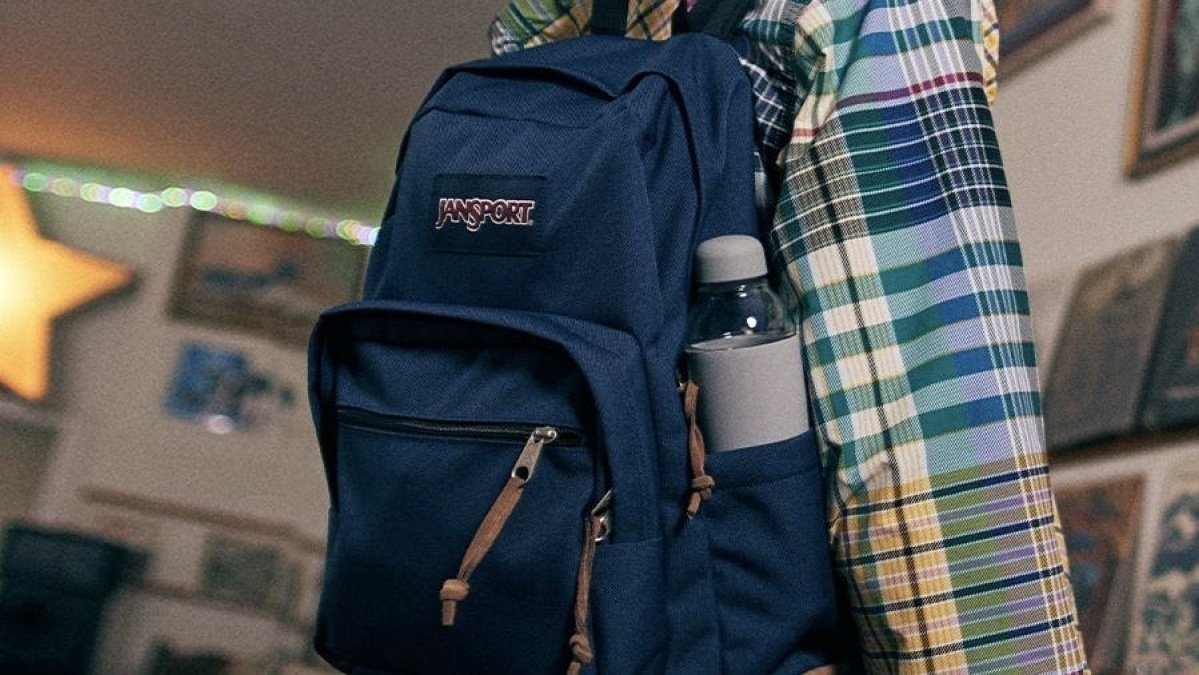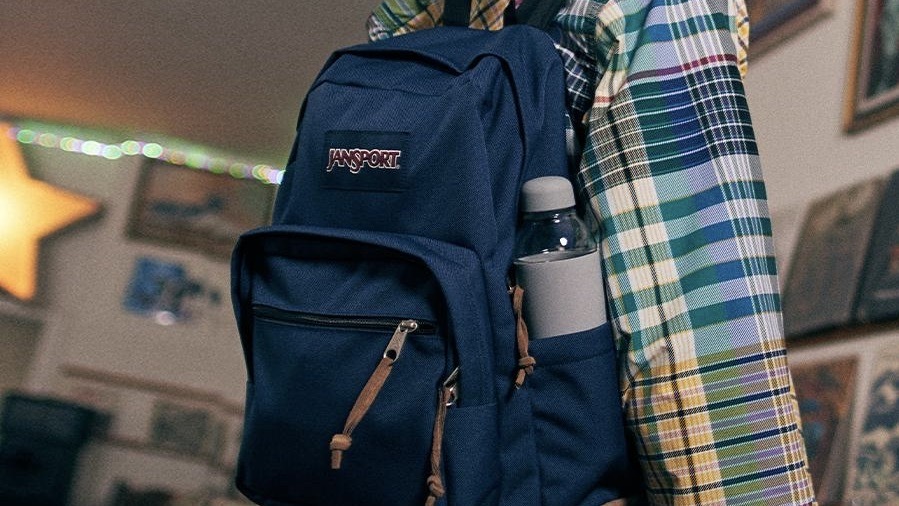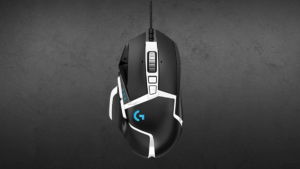
Whether you’re traveling for work or for pleasure, a decent backpack can make all the difference. After all, you already have to worry about catching planes and trains, getting through security, keeping your valuables safe, arriving at your destination on time, and trying to stay as comfortable as possible through it all; you shouldn’t also have to worry that your carry-on backpack isn’t pulling its weight.
Not only should your ideal backpack make your travels more streamlined and convenient, but it should also be comfortable and convenient to carry. A secure and well-designed backpack will help you keep your hands free as you navigate airports and bus terminals, and simultaneously keep all your essentials secure and easily accessible when you need them most. (Oh, and it doesn’t hurt if the backpack looks good too!)
Which backpack is best for traveling?
The best travel backpack to suit your needs will depend on a variety of factors, including its aesthetic appeal, of course. However, the function of the backpack should come first. For example, if you’re planning to travel with your laptop to bustling cities, you’ll likely have different requirements for your travel backpack than someone whose travel plans involve outdoor adventures.
That said, since everyone’s needs are different, you may want to consider the importance of a few key factors — such as durable material, waterproof capabilities, anti-theft properties, protective pockets for tech devices, and overall size — which we’ll dive into more in-depth below.
What size travel backpack do you need?
A backpack’s capacity is often described in terms of volume and measured in liters. This can be a little confusing since no one really knows off the top of their head how many liters of space a laptop, toiletry bag, smartphone, water bottle, and snacks take up. That said, it’s worth considering the dimensions of the bag to find one to suit your needs and frame (and current airline carry-on regulations). Once you’ve found the dimensions in the product description, it can be useful to whip out the old measuring tape and compare it to an existing bag you already have to get a sense of scale.
What size is a carry-on backpack?
If you’re planning to take it with you on an airplane, the best travel backpack for you will fit within the size limitations to be considered a “carry-on” — though the vast majority of non-hiking backpacks are. In terms of dimensions, the maximum size restriction for an international carry-on is roughly 22 by 14 by 9 inches, which is equivalent to 40 liters when measured by volume.
Frequent air travelers may also find that it is worth investing in a TSA backpack. These laptop backpacks are approved by and meet the Transportation Security Administration’s criteria for a designated laptop compartment that, when unzipped, lays flat with the laptop completely visible. This means that as long as nothing major is blocking the TSA official’s view of the laptop, you can usually keep it in the bag, meaning a faster trip through security for you.
Do I need a waterproof travel backpack?
You’ll likely pay more for a backpack that is made of waterproof or water-resistant materials, but it’s a very useful quality to look for, especially if you’re headed to a place where it’s likely to be rainy. (It can also provide priceless peace of mind if your bag is going to contain electronics!) Most waterproof backpacks are made of polyester, and this fabric gets a “denier” rating that relates to the fiber thickness of individual threads. So, you could see a backpack’s material described as 800D or 1,200D; the higher the number, the more water-resistant it will be.
How many pockets should a travel backpack have?
If you know you’re going to be in hectic or busy situations, choose a backpack that has lots of little compartments and pockets so you can be super organized. For example, if you’re traveling abroad, a dedicated, easy-to-access exterior pocket for your passport and travel documents will prove useful. (Same goes for a guidebook or phrase book when sightseeing, or a water bottle while hiking.)
Also consider whether or not you will be traveling with a laptop or tablet — and the size of your particular device. To keep your tech protected, you’ll want your backpack to have a dedicated padded pocket or interior laptop sleeve that can accommodate the size of your device. Some laptop pockets can fit laptops up to 17 inches, while others are only suitable for devices up to 13 inches, so it’s important to double-check this feature.
Other details to think about are key fobs, headphone ports, and USB-friendly designs so you can charge your devices with a portable charger while they stay tucked safely inside your backpack.
Do I need an anti-theft travel backpack?
The final point to think about is security. A lot of travel backpacks these days feature a hidden, zipped pocket on the back of the bag that would obviously be difficult for thieves and pickpockets to access while you are wearing it. Other travel backpacks take this a step further with extendable wires that allow you to secure your backpack to tables, chairs, or poles so no one can just grab your bag and run off with it. Some backpacks are even made with cut-resistant fabric so would-be thieves can’t slash their way into your valuables either. So, if you’re headed somewhere that could be a bit dodgy (or you simply want the peace of mind that these features undoubtedly bring), then it’s better to be safe than sorry. Just keep in mind that these extra security features will come at a premium cost.
With all of that in mind, we’ve curated this selection of travel backpacks — and pinpointed the details that make each suitable for certain travel scenarios — to help you find the best travel backpack for your particular needs.












